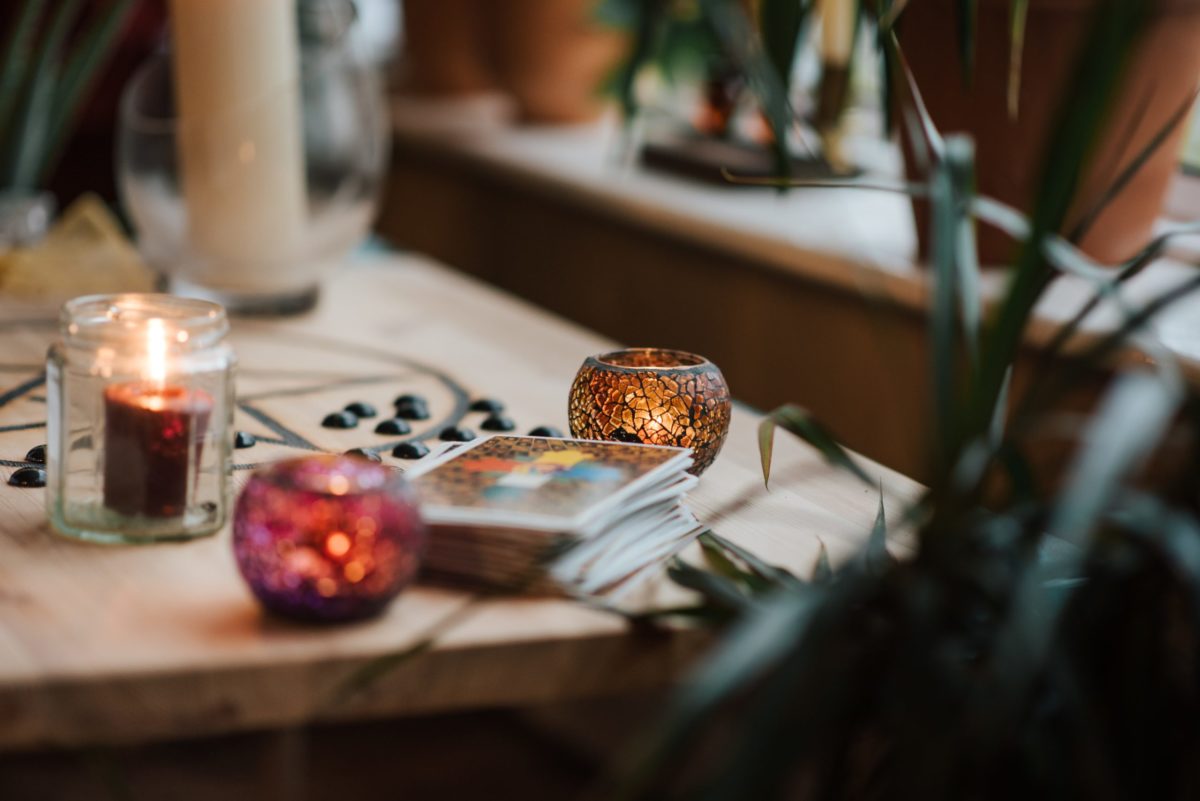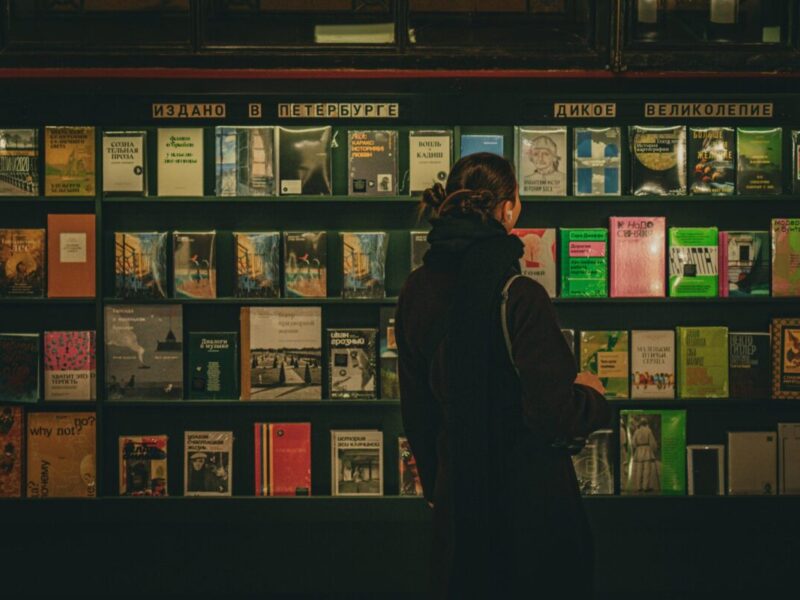Magical Realism: What Is It And How Does It Come Across In Poetry?
If you’ve been on #booktok or browsed the themed tables at your favorite indie bookstore in the last few years, you’ve likely seen magical realism mentioned. The powerful and increasingly popular literary device has been popping up everywhere in bestselling fiction lately—from Elaine Heisch Chou’s Disorientation to Silvia Moreno-Garcia’s Mexican Gothic. It’s also added eerie, fantastical elements to TV, most notably on fan-favorite Stranger Things. And magical realism is having a subtler but well-deserved moment in poetry, too.
So what is magical realism, exactly? Put simply, magical realism blurs the line between fantasy and reality—contrasting a largely normal daily reality or setting with strange, seemingly impossible details and scenarios. In these ways, it expresses how much of daily life is unseen or mysterious. Take Stranger Things, where a normal ’80s adolescence—represented through school dances, Eggo waffles, and Fourth of July parades—collides with the premonitions, mind control, and Demogorgons of the Upside Down. Netflix’s more recent release Wednesday also serves as an example: We see titular character Wednesday occupy the normal world of high school, complete with lockers and a gymnasium pool . . . but we soon learn there’s much more to her, her family, and what’s lurking beneath the surface.
The device is a perfect fit for poetry due to its juxtaposition and deep sense of place. Magical realism can also have deep ties to culture, in particular Latin American and Native writers, as it often presents a way to see the world outside of whiteness, as well as a way to express the inherent surrealness of prejudice, trauma, and oppression. Here are just a few of the poets who make magical realism a central force within their works.
ALBERTO RÍOS
Chicano poet Alberto Ríos has published 10 collections of poetry and won awards from the Guggenheim Foundation and the National Endowment for the Arts, along with being named the first state poet laureate of Arizona. Growing up, Ríos gravitated toward speaking his first language, Spanish, but was often forced to speak English, instead. His poetry reflects this battle between two cultures, as well as a beautiful persistence to keep representing his culture even as others tried to erase it. This bilingualism and biculturalism might naturally transcend others’ concept of reality and take on magical elements, as seen in Ríos’s poem “The Lime Orchard Woman.” In it, Ríos illustrates a woman’s tumultuous coming-of-age and eventual marriage. In describing the woman, he notes:
“At 28, she has forgotten what is past. /
She sits and watches now her thighs /
Flowing out like the broad /
Varicosed backs of alligators /
She has seen in moving pictures.”
This one small detail refuses to conform to reality, daring the reader to instead imagine a world where the woman’s legs are made up of alligators, or—as Ríos references later—“held as if by small bones / The way camping tents are suspended.”
SAFIA ELHILLO
Safia Elhillo is a Sudanese-American poet and the author of the collections The January Children and Girls That Never Die. Much of Elhillo’s award-winning poetry is a painful grappling with violence against women, as well as a bold, urgent resistance. Take her poem “Men Follow Me,” which went viral on Twitter. Through hints of magical realism, Elhillo takes a pervasive, unfortunately accepted reality—men preying on women both online and in real life—and challenges its normalcy, peering deeper to show how shocking this voyeurism and violence should be.
In the poem, Elhillo takes an ordinary detail—these men “with their cars / with their children in the backseat / in the empty parking lot”—and then quickly reveals a different, parallel world with a later description. She paints the men as “with their teeth shining like flies,” leaning into a more gory, unsettling landscape.
LOUISE ERDRICH
Louise Erdrich’s poetry is influenced both by her Native heritage and magical realism. She’s been lauded as a writer who contributed to the Native American Renaissance and has been honored with a National Book Award. Her poetry regularly incorporates supernatural themes, animalistic details, and subtly fantastical settings, while still taking place in the natural world.
In her poem “The Strange People,” Erdrich takes a Native fable about the antelope and applies its language and storyline to her own life and relationships. Through this lens, Erdrich considers desire, femininity, and more. She writes:
“All night I am the doe, breathing /
his name in a frozen field, /
the small mist of the word /
drifting always before me.
And again he has heard it /
and I have gone burning /
to meet him, the jacklight /
fills my eyes with blue fire; /
the heart in my chest /
explodes like a hot stone.”
As a writing prompt, consider infusing your own work with a sense of magical realism. What magical elements might stand out as metaphors or analogies for your own life, and how can you create contrast by juxtaposing them with hyper-realistic details and descriptions?




